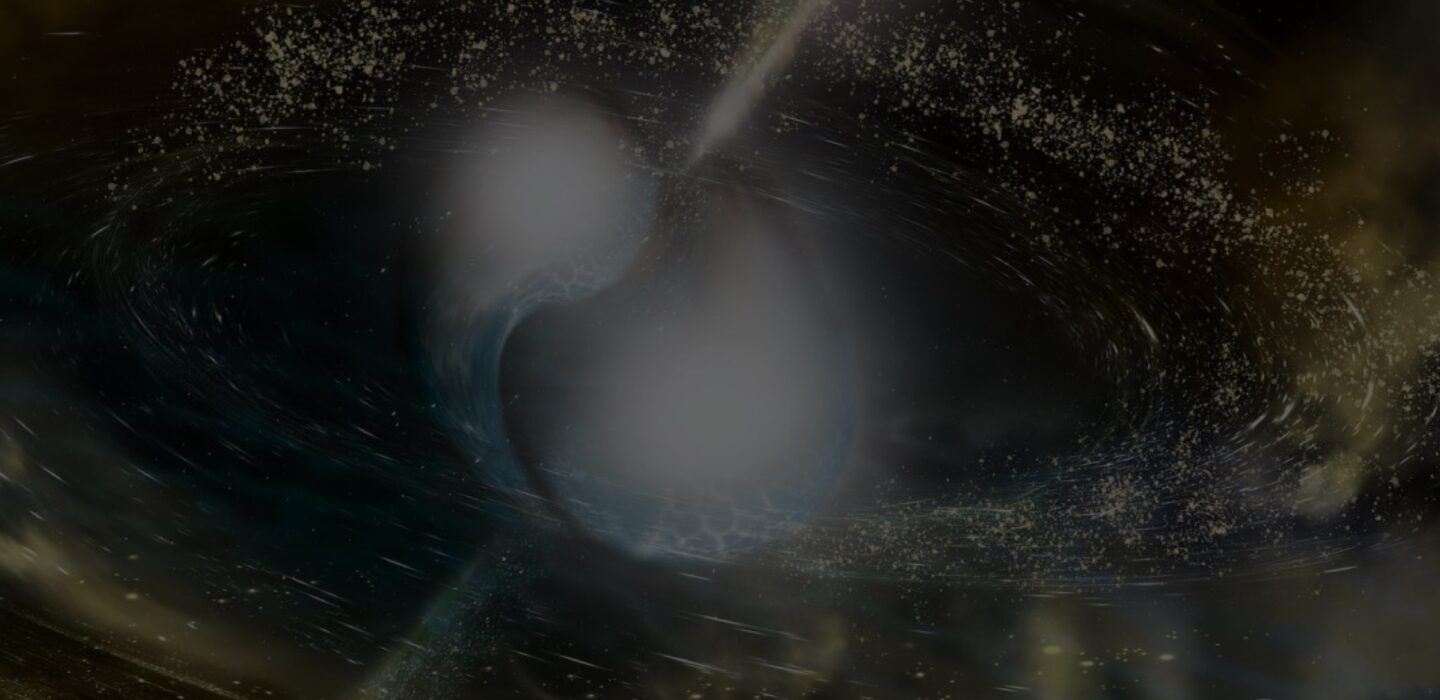MATs: Ketan Sand & Ronan Kerr

Monday, November 27, 2023
3:00pm - 4:00pm
Marlar lounge
3:00pm - 3:30pm, Ketan Sand
A periodically repeating Fast Radio Burst
Fast Radio Bursts (FRBs) are millisecond-duration radio pulses originating from extragalactic distances. This relatively nascent field has experienced rapid growth, particularly since the commencement of the Canadian Hydrogen Intensity Mapping Experiment/FRB (CHIME/FRB), comprehensively monitoring the entire Northern sky at a daily cadence. This effort has led to the discovery of thousands of FRB sources distributed throughout the universe. A particularly intriguing source is FRB 20180916B, a periodically repeating FRB bursting every 16.3 days from a distance of 150 Mpc. The evolution of the source's burst rate, spectro-temporal and polarization properties, has been studied by CHIME/FRB for over 3 years, revealing a secular rise in its Rotation Measure (RM) with minimal variation in its Dispersion Measure (DM), implying magnetic field variations parallel to the line of sight. Notably, FRB 20180916B has shown no epochs of heightened activity unlike the one observed in other active repeaters by CHIME/FRB. Additionally, there is no observed change in the activity period over the duration of our observations. Finally, I will discuss constraints on progenitor models based on our results, emphasizing that our upper limits on changes in scattering and dispersion measure as a function of phase do not support models invoking a massive binary companion star as the origin of the 16.3-day periodicity. A brief discussion follows on the study of FRBs as a population down to microsecond timescales.
3:30pm - 4:00pm, Ronan Kerr
The SPYGLASS Program: Mapping the Extensive Star Formation History of the Solar Neighborhood
Young associations hold a star formation record that persists for missions of years, revealing the progression of star formation long after the dispersal of the natal cloud. Through the SPYGLASS program, I am expanding this record by mapping the extensive and often poorly characterized network of clusters and associations in the solar neighborhood, which trace the initiation, progression, and termination of local star-forming events. This work has revealed dozens of new associations and subgroups, with the most recent update revealing 116 associations within 1 kpc. My methods provide a powerful framework for the study of star formation, enabling a large-scale view of population statistics and formation patterns while also revealing readily accessible young populations for region-level studies of star formation. New follow-up observations of individual populations provide regional age estimates and kinematic traceback, which allow the complete reconstruction of an association’s star formation history from beginning to end. My results in Cepheus Far North and the Austral Complex have demonstrated that even within closely intertwined populations, dynamical traceback often reveals multiple distinct nodes in which co-spatial star formation takes place. These nodes may represent the clearest discrete unit of star formation, making them potentially critical in understanding patterns of star formation on large scales and in complex environments. I am currently applying these traceback methods to the more complex environments of Sco-Cen and Cep-Her, with early results showing new star-forming nodes, as well as large-scale patterns that demonstrate the importance of galactic context in understanding the initiation of star formation, even on the scale of individual associations. Upcoming projects will use my stellar census work and widespread ages across numerous populations to trace star formation on the scale of spiral arms, while also informing the mass distribution of associations, local star formation rate, and the search for young planets.
Speakers
- Ketan Sand, McGill University Ronan Kerr, University of Texas
Hosts
Event Contacts
- Minghao Yue Daniele Michilli